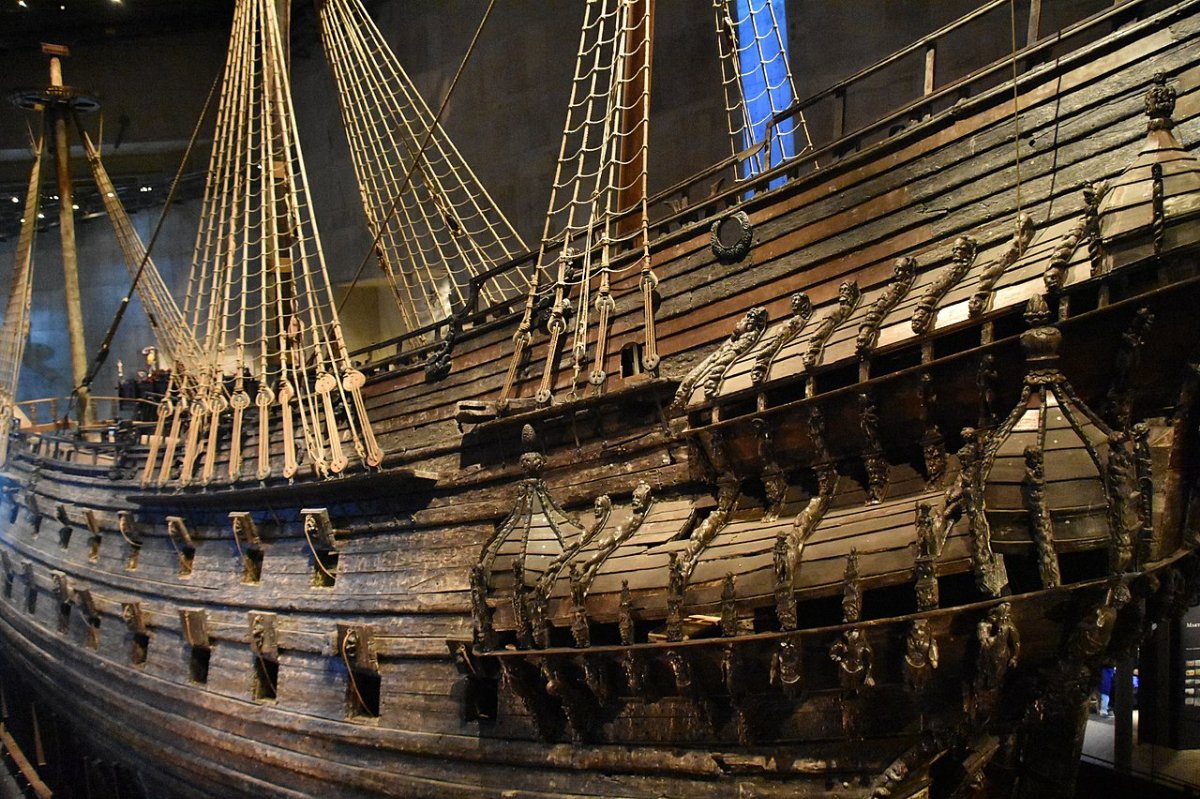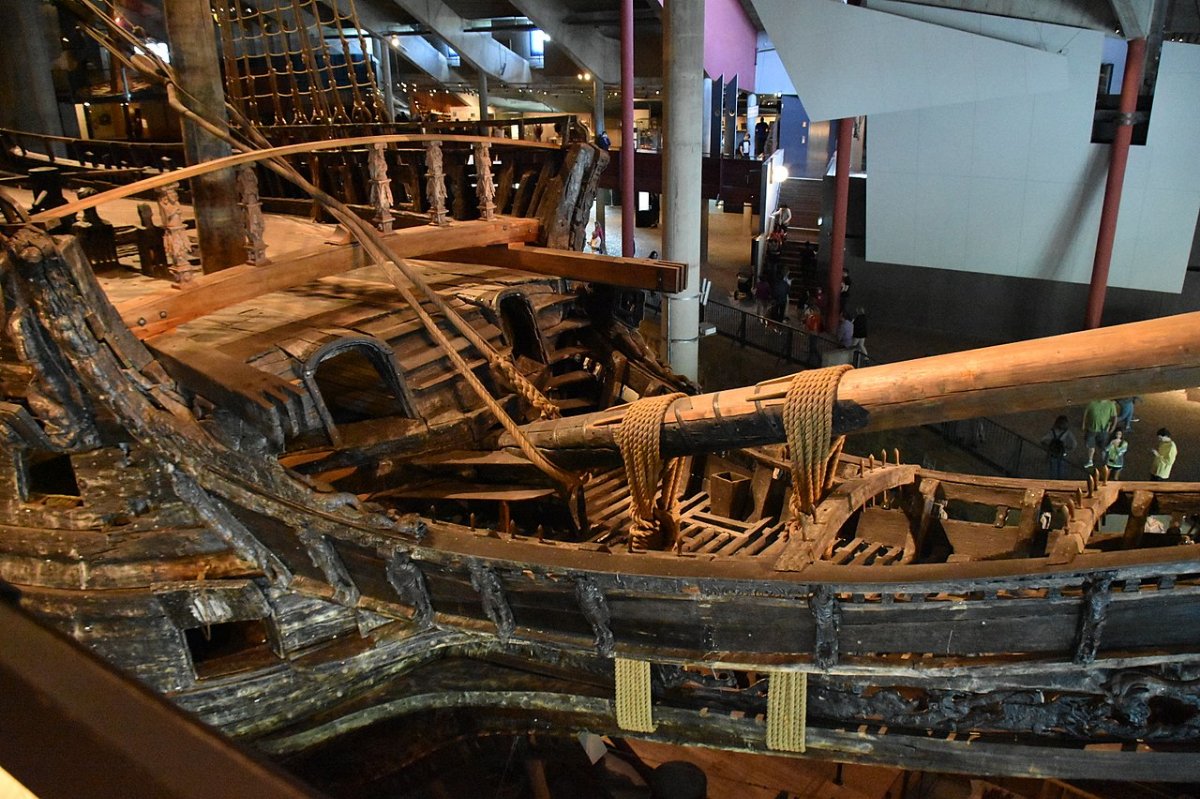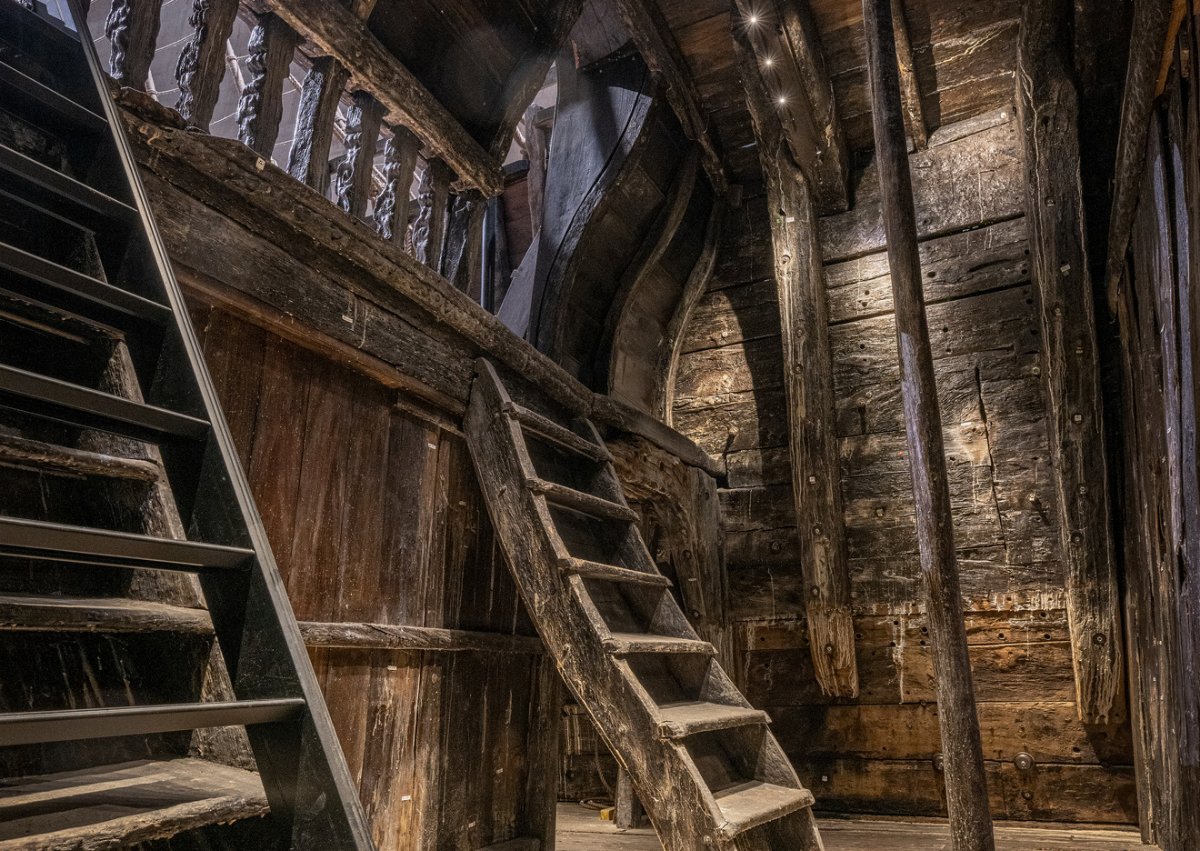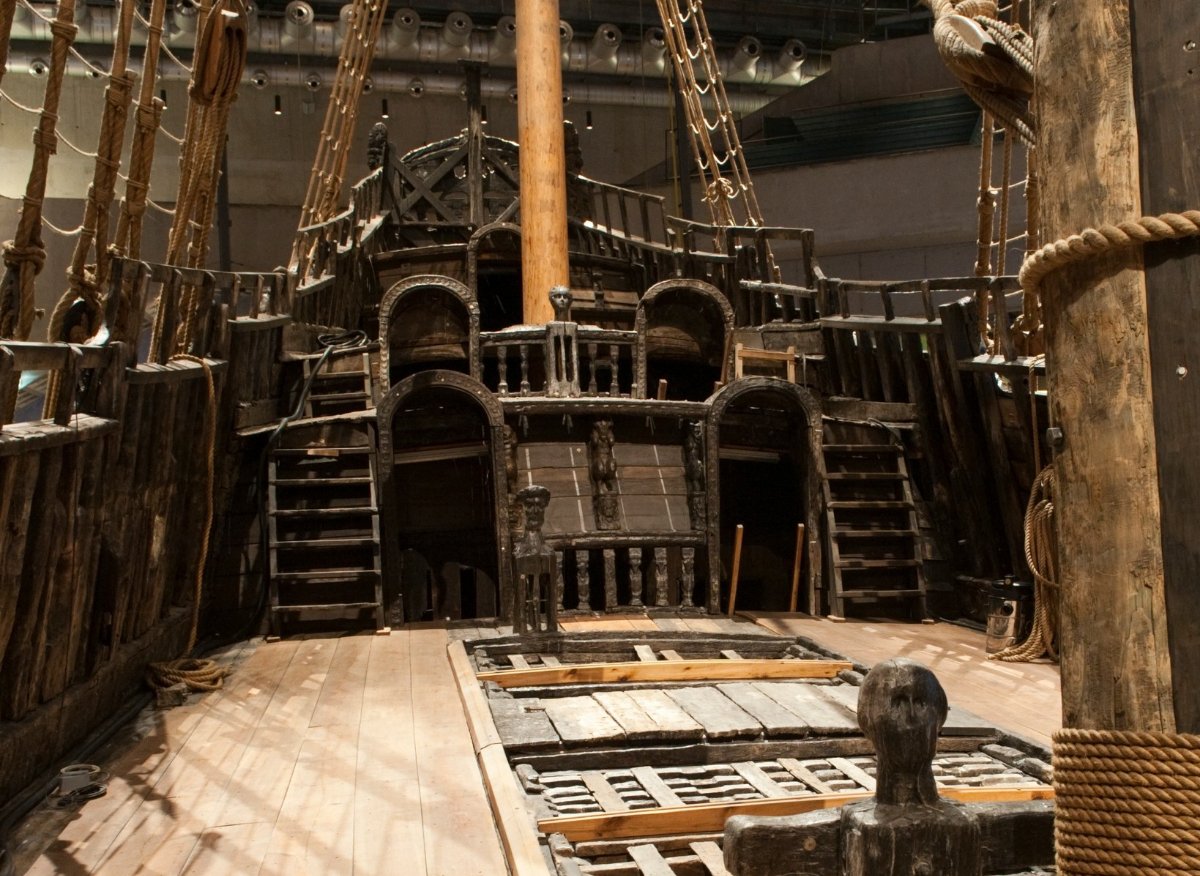
The Swedish King Gustavus Adolphus, who ordered the construction of the ship.
The Vasa ship stands as a symbol of grandeur and disaster in Swedish maritime history. Built between 1626 and 1628 by order of King Gustavus Adolphus, Vasa was designed to be one of the world’s most powerful warships. However, in an epic tragedy, it sank on its maiden voyage.
Vasa represented the pinnacle of naval engineering of its time. With 64 cannons and intricate decorative adornments, it embodied Swedish military power. However, its design had serious flaws. It was too top-heavy and poorly balanced, making it prone to capsizing.
On August 10, 1628, Vasa embarked on its maiden voyage from Stockholm. Shortly into the journey, a light breeze caused the ship to capsize and sink, resulting in the death of about 30 people. The sinking was a national scandal, leading to extensive investigations.
Vasa remained buried at sea for over 300 years until it was rediscovered in 1956. In 1961, it was successfully salvaged in a major and complex operation. The salvage revealed the ship’s astonishing state of preservation, providing valuable insights into 17th-century maritime life.
Today, the Vasa ship is displayed at the Vasa Museum in Stockholm, dedicated to exhibiting the ship and its history. The museum not only displays the ship itself but also many artifacts salvaged with it, and offers information about maritime construction history and life during the era in which it was built.























Discover more from History in Pictures
Subscribe to get the latest posts sent to your email.